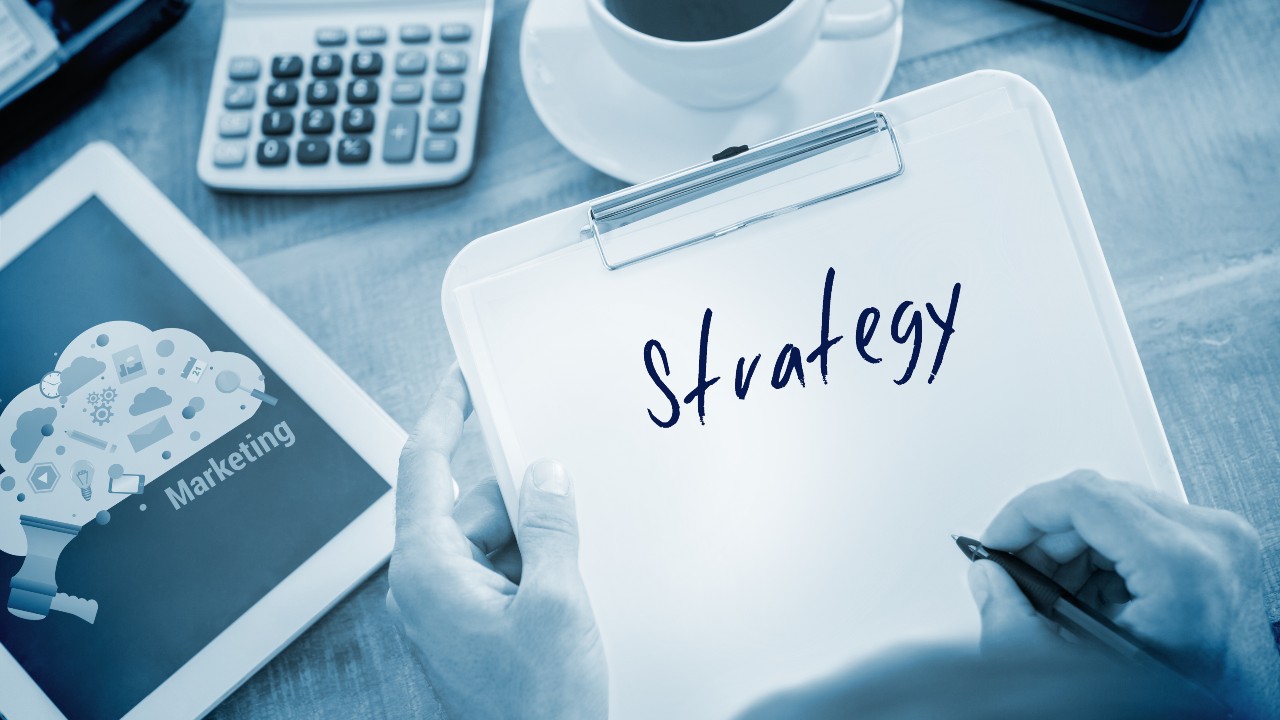Our lives have grown inexorably intertwined with the online dimension since the beginning of the internet. People send emails, look for information, and, most crucially, make purchases.
Prospects look online first before ever thinking about working with a B2B supplier. They may stumble find your content in a search engine, see your name on a sponsored ad, or see your name in a video, and (hopefully) become your client.
When you pursue digital marketing, you can achieve all of this. It increases brand exposure, is less expensive than traditional marketing, and reaches your target customers all over the world.
Aside from that, you may be assured that it will not die down. Every year, Google receives over 77,000 searches every second, 1.66 billion individuals purchase online, and 313.2 billion emails are sent.
Hopefully, this has inspired you to pay more attention to the digital part of your business. We’ve compiled a list of the top six digital marketing trends you can use in 2022 to keep you up to speed.
Videos Will Be Reduced in Length

Videos are the way to go if you want to increase engagement and conversation with your potential and present clients. Because the human brain perceives visual material better, it stays in memory for longer. Videos may help you learn more about your products or services, build brand loyalty, and raise your return on investment.
Modern clients, on the other hand, do not have the time or patience to view lengthy movies. In fact, after thirty seconds, 33% of viewers will quit viewing a video, and 60% will stop after two minutes.
Short movies that get to the point and save time are the most popular type of video marketing right now. That’s why Instagram Stories and Reels and TikTok videos have been so popular in recent years. In 2022, Tiktok alone is predicted to have 1.5 billion users.
Why should you be concerned? Short movies use less bandwidth, keep your attention longer, and have higher retention rates.
Social Media Will be Dominated by Meta
Facebook’s rebranding resulted in Meta. Despite the fact that most Facebook services have been left undisturbed, Meta is betting big on the Metaverse. And it’s for this reason that Meta may be even more successful than Facebook.
According to Hubspot Blog Research from 2021, 35% of marketers are using AR or VR in their strategies, with over half planning to grow their use in the future. AR and VR both improve consumer experiences online and at live events, and they’re great for sticking out.
Why should you be concerned? Due to the expensive cost of AR and VR, marketing has been delayed; Meta might be the tool to remain ahead of the competition without investing too much money.
Investments in Automation and Artificial Intelligence (AI) Will Rise
Experiential marketing is considered an effective technique by 58 percent of marketers who use it now.
Basically, everything that might help you automate your digital marketing is worth looking into. Email workflows, analytics, and social media post scheduling are all technologies available. These kind of automations save your firm time and money while allowing your employees to focus on other elements of the business.
But what about your customers? Artificial intelligence (AI) is a returning eCommerce trend from 2021 to provide them with a quick and responsive digital experience. Chatbots are an example of AI in action.
Customers demand businesses to be open 24 hours a day, seven days a week, and chatbots were the answer. However, today’s client wants more than an algorithm that can answer frequently asked questions; they want conversational intelligence that can understand and respond to complex demands. That’s where artificial intelligence (AI) comes in.
It’s the closest we’ve gotten to a human encounter without having to pay for customer service.
Why should you be concerned? Automation and artificial intelligence (AI) save time and money while also providing a richer digital experience for your consumers.
Our Data Approach Will Change

Many patterns emerge from problems, as you’ve noted, and getting high-quality data is often difficult. Our new approach to data, on the other hand, starts here.
You have a better chance of discovering strong leads and opening new business chances if your data is accurate. It also helps you to trace and evaluate a customer’s purchase process, properly A/B test outreach factors, design exact segmentation campaigns, and personalize your messages.
So, where did this information originate from? Companies reach out to potential consumers using first-party, second-party, and third-party data. While the first two are obtained with permission and have better degrees of accuracy, third-party data might be a risky proposition. Even if some corporations are willing to accept that risk, new privacy standards will make it difficult for them to do so.
Third-party cookies will be phased out by 2022, and the GDPR is designed to ensure that you gather your data responsibly.
Why should you be concerned? If you don’t ready for the shift, you might lose part of your data, and if you collect data in breach of GDPR, you could face major consequences.
Check out our post on why companies hire virtual assistants as well.
Influencer Marketing Will Grow in Importance
When we think of “influencers,” we usually think of celebrities who promote famous goods or bloggers who provide life hacks. They are known as influencers because their candid opinions have an impact on customer purchasing decisions. It’s no different in B2B, except you could recognize them as industry thought leaders.
Influencer marketing is the number one industry marketing trend for 2022, according to Hubspot. It can be posted on social media sites such as Instagram, YouTube, or TikTok, or delivered as a podcast or blog.
Why should you be concerned? Brands may use influencer marketing to create trust, improve brand recognition, reinforce brand message via genuine endorsements, and reach more engaged and qualified audiences.
Check out our tips for designing vinyl banners as well.
